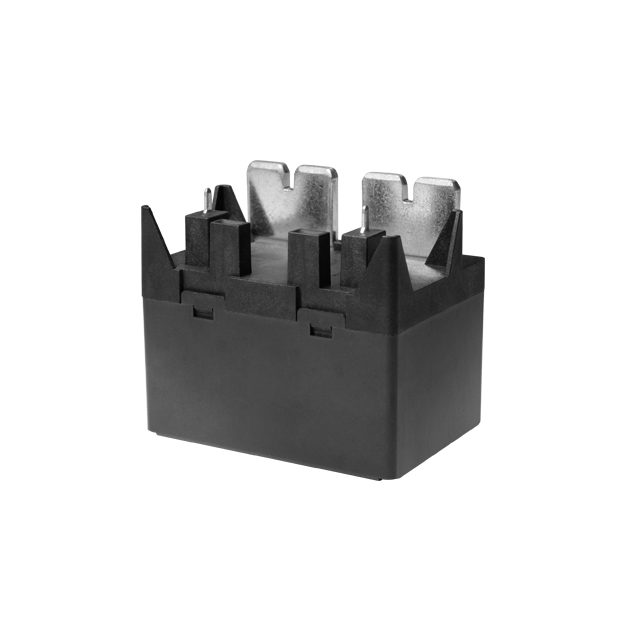the importance of relay safety features: a spotlight on meishuo's innovations
Release time:2025-07-04 11:55:48
Relays are vital components in electrical systems, acting as switches that control high-power circuits using low-power signals. However, when these devices are integrated into critical applications, such as industrial automation or power distribution systems, safety becomes a top priority. Relays must offer a combination of durability, reliability, and fail-safety to ensure smooth and secure operation. Meishuo, a leading company in the relay industry, has made significant strides in enhancing relay safety features, ensuring that users experience top-tier protection across a variety of systems.

Understanding Relay Safety Features
The primary role of a relay is to control the flow of electricity between circuits. However, due to the high voltage or current typically involved, relays are prone to wear, overheating, or malfunction, which can result in catastrophic failures or even safety hazards. As such,
Relay manufacturers have introduced several safety features aimed at mitigating these risks, including overload protection, surge suppression, arc suppression, and monitoring capabilities.
Overload protection ensures that a relay does not pass more current than it is rated to handle. Without this feature, a relay could overheat and fail, posing a significant risk to the entire electrical system. Surge suppression, on the other hand, protects against voltage spikes that can occur when equipment is powered on or off. These spikes can damage sensitive components and disrupt the normal operation of the system. Similarly, arc suppression is critical when the relay switches high currents, as arcs can form when the contacts open, potentially causing fires or damage to equipment.

